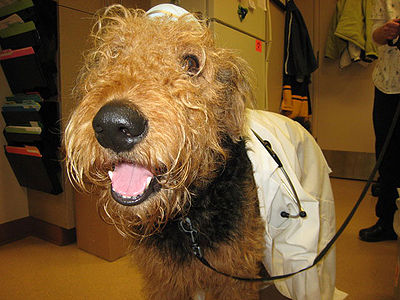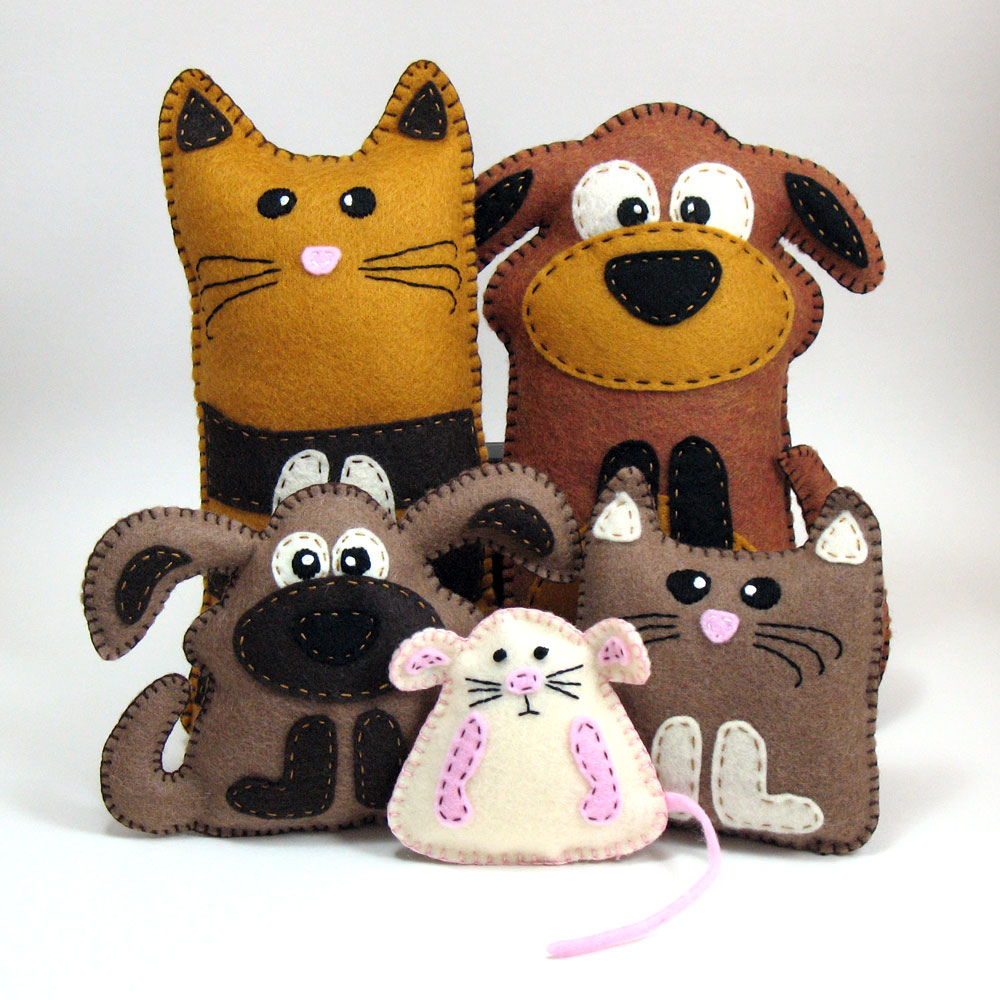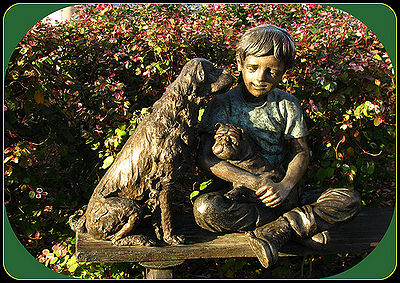
Veterinary Forensic Science is a growing tool in the battle against crime, both human and animal.
People and pets leave evidence behind wherever they go. With DNA testing, even people who don’t have pets can carry clues with them if they’ve been anywhere in contact with a pet. Stepping in urine or feces, entering a place where there is an animal, the clues attach themselves to humans. No matter how careful you are, skin cells and fur manage to cling to you and your clothing. Most times, when faced with the evidence, criminals don’t want to face the court and will plead guilty as charged. But animal forensics is accepted in criminal cases.
There are several animal forensic laboratories throughout the United States. They work with local, state and federal law enforcement agencies to help solve crimes.
The only breed of dog whose “testimony” is accepted in a court of law is that of a Bloodhound.
The ASPCA Animal Forensic Sciences Team and others work with the rescuers of animal abuse situations. They collect and analyze evidence in their laboratories which can be used for convictions of criminals.
Other animals, including birds and insects, can also help determine whodonit. Fur, feathers, hair, saliva, even insects dead or alive, animal poop, any of these found on a suspect can convict a criminal through DNA testing.
Animal Forensic Science is just another way animals are helping humans.



